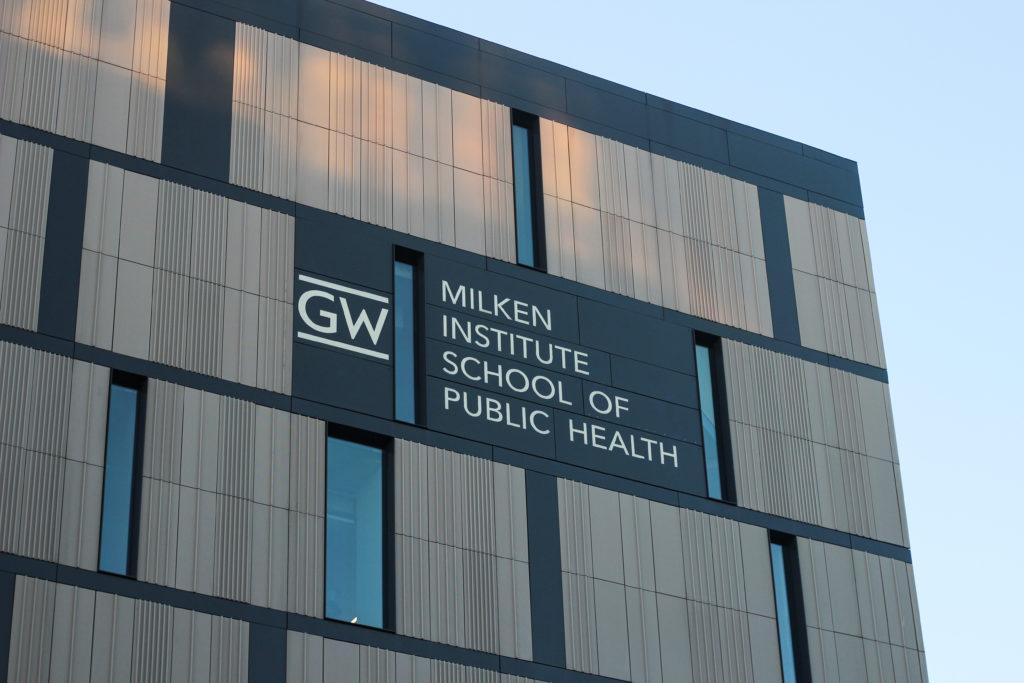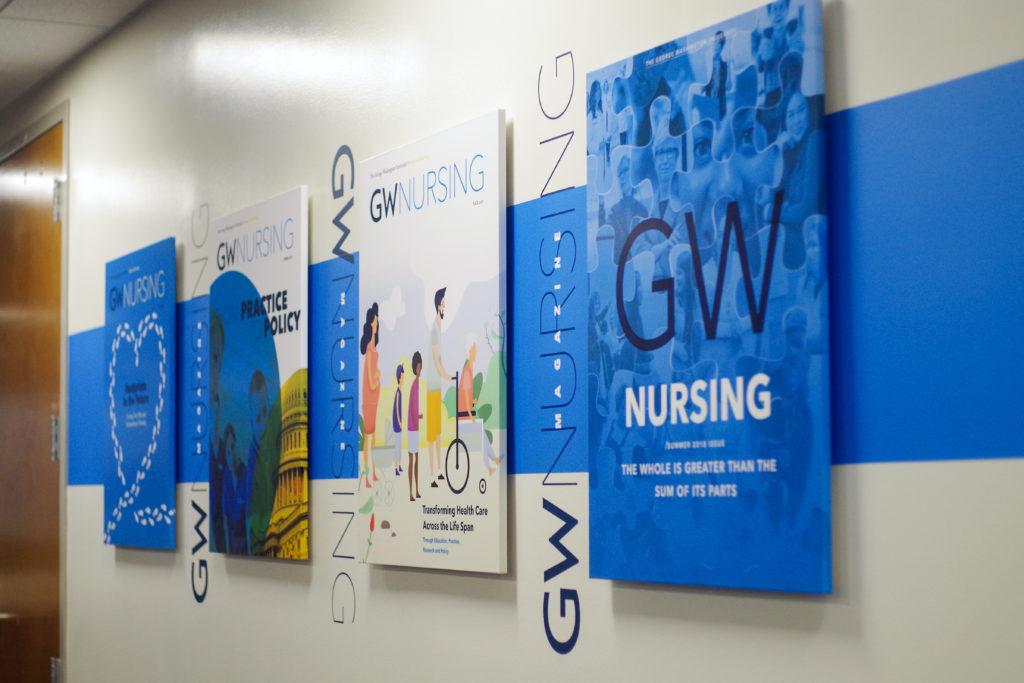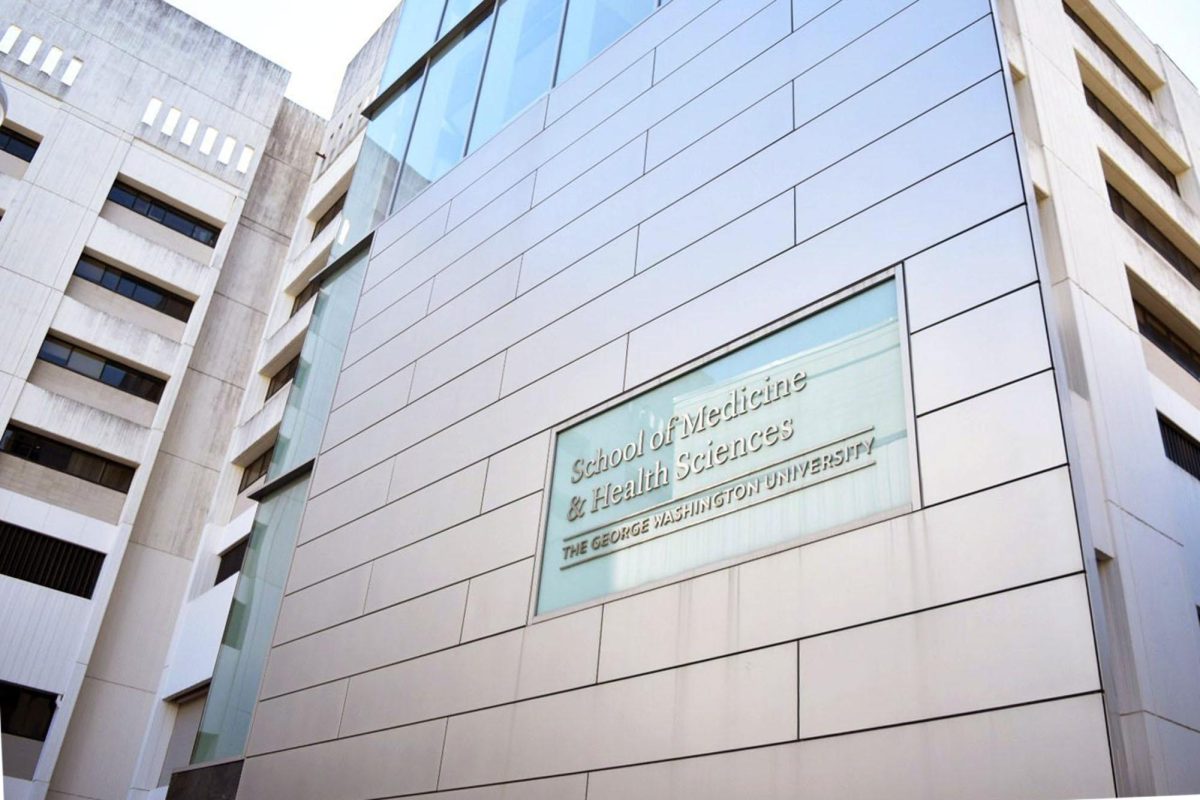Updated: Sept. 24, 2021 at 4:49 p.m.
After COVID-19 cases reached an all-time high on campus earlier this month, some community members are saying the University’s contact tracing system is missing details like the time and location of potential exposures.
Megan Landry – the project director of the CCST, a team made up of public health professionals in the Milken Institute School of Public Health – said contact tracers interview community members who test positive for the virus about who they were in contact with and then notify those people with information about how to get tested and any quarantining requirements. Professors and students who’ve received notifications from CCST about coming in contact with COVID-19 said they’ve received exposure emails a few days after community members have individually told them they tested positive and that exposure notifications exclude details about the location and specific time they could have been exposed.
“We are constantly monitoring cases and requesting additional support where needed,” Landry said in an email. “We need everyone to fight ‘COVID fatigue’ and continue with public health safety measures.”
Landry said officials designate someone as a close contact if they were within six feet of a person with COVID-19 for more than 15 minutes, regardless of whether they were wearing a mask.
COVID-19 cases and positivity rates on campus reached all-time highs earlier this month after in-person classes resumed for the first time since the start of the pandemic last March, according to GW’s COVID-19 testing dashboard.
Landry said fully vaccinated community members who are named as close contacts don’t need to quarantine but are required to get tested within three to five days following their exposure.
She said the team uses several databases and software programs to conduct contact tracing and determine close contacts within the past 48 hours of a positive case. She added that the GW community needs to continue following public health safety measures on campus to limit the number of COVID-19 cases on campus.
“We need the entire GW community to continue with public health safety measures and prevention practices such as wearing masks, hand washing and limiting social gatherings on and off campus to help stop the spread,” Landry said.
Illa Moskowitz, a professor of physics, said one of her students chose to voluntarily inform her that she tested positive for the virus, but there was “a rather large lapse” of time between the notification from her student and the CCST, who emailed her about the positive test a few days later.
Moskowitz said the CCST, not professors, should inform students in their classes if someone tests positive. She said she still encourages her students to stay home if they aren’t feeling well.
She said professors do not receive information about who in their class tests positive for the coronavirus and which class may have incited the exposure. She said the contact tracing system should keep this information confidential.
“The contact tracing I believe honestly is doing the best that they can on the circumstances to protect the privacy of the individuals involved and inform all the people that need to know that they may have possibly been exposed,” Moskowitz said.
University spokesperson Crystal Nosal said CCST members are “bound by confidentiality” during the contact tracing process to protect patients’ privacy. She said this standard limits the information that they can share with other GW community members who haven’t been in close contact with someone infected with the virus.
“Some information may seem less detailed than what someone would like, but it is always in the interest of confidentiality of the patient,” she said in an email. “If people are receiving emails (not phone calls), they are receiving courtesy notifications – they were not a close contact, so they are going to receive limited information.”
Madeline Fischer, a sophomore studying international affairs, said emails she’s received from officials about potential exposure have only included the date of the potential exposure and excluded the time, event or location of close contact, information she said would be helpful for her to determine any exposure patterns in her day-to-day schedule.
“It didn’t tell me where, and I know that they are trying to protect maybe the person who tested positive, but then I don’t know which activities I’m doing that are risky,” Fischer said. “Is it my classes? Is it org meetings that I’m going to?”
Nicole Bartels, a teaching assistant professor of political science, said four students tested positive for COVID-19 in her classes this fall, but the University only notified her of one of these cases while the other three students told her independently that they tested positive. She said she would like the University to inform all students and the professor of a class if there is a positive case.
“On the contact tracing part there could be a little more clarity and transparency,” Bartels said. “I’m not 100 percent positive what some of the reasons or rationale are, and maybe it’s an information thing, or maybe they want to control how much or what people know.”
Medical experts said contact tracers can’t always determine each person who was in contact with someone who tested positive because students may not remember the details of who they were in contact with in each of their classes.
Megan Fitzpatrick, an assistant professor of medicine at the University of Maryland’s Center for Vaccine Development and Global Health, said implementing assigned seating in classrooms could help contact tracers monitor close contacts.
Fitzpatrick said GW’s decision to send campus members only the date of their exposure rather than the time and location is “airing way too much” on the side of privacy, but she said students can independently tell their professors and friends that they tested positive for the coronavirus.
“There can be an openness in the University culture to disclosing when you yourself have been infected,” she said.
Ronald Hershow, the director of the University of Illinois Chicago’s division of epidemiology and biostatistics, said contact tracers sometimes can’t determine who was exposed to the virus because they may miss the “granular information,” like where people were sitting in a class.
“We may recommend follow-up testing for the entire class, rather than a circumscribed, prescribed group of hyper-exposed people who were close to the index case and were close for more than 15 minutes,” he said.
Hershow said UIC’s contact tracers always contact professors before determining who was in close contact. He said contact tracers ask professors how close students were sitting in the classroom, which students worked together on group projects and whether students ever removed their masks to eat.
Hershow said GW’s decision to give vaccinated students who are close contacts three to five days to get tested is in compliance with the Centers for Disease Control and Prevention guidelines. He said the likelihood of vaccinated students spreading the coronavirus before they get tested is low.
“Among vaccinated students, the likelihood of that happening is much lower than it is for unvaccinated students,” he said. “We therefore have differential guides for the vaccinated group versus the unvaccinated group.”
Nicholas Pasion contributed reporting.
This post has been updated to include the following:
This post has been updated with a statement from University spokesperson Crystal Nosal.








